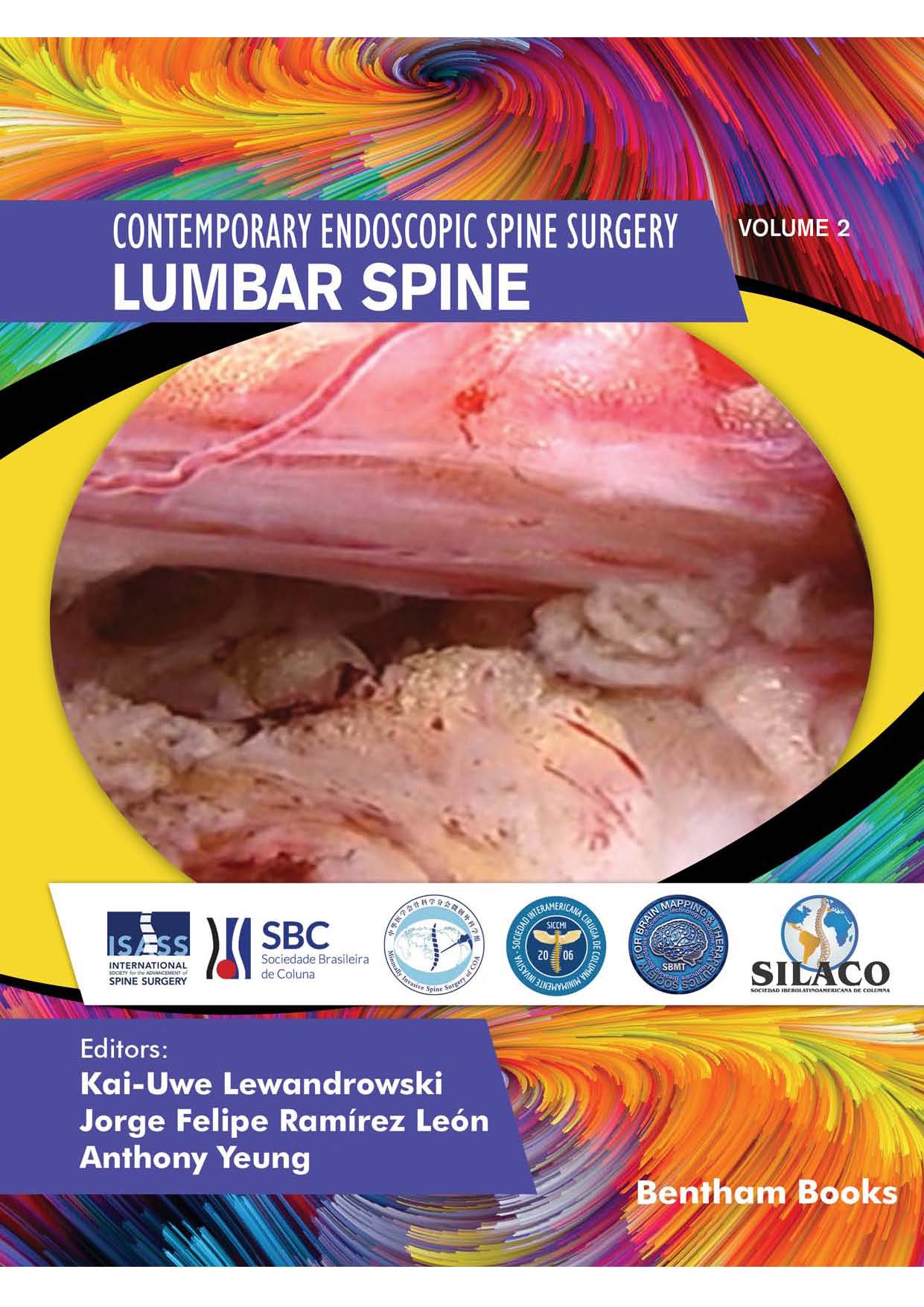Introduction
Contemporary Endoscopic Spine Surgery brings the reader the most up-to-date information on the endoscopy of the spine. Key opinion leaders from around the world have come together to present the clinical evidence behind their competitive endoscopic spinal surgery protocols. Chapters in the series cover a range of aspects of spine surgery including spinal pain generators, preoperative workup with modern independent predictors of favorable clinical outcomes with endoscopy, anesthesia in an outpatient setting, management of complications, and a fresh look at technology advances in a historical context. The reader will have a first-row seat during the illustrative discussions of expanded surgical indications from herniated disc to more complex clinical problems, including stenosis, instability, and deformity in patients with advanced degenerative disease of the human spine. Contemporary Endoscopic Spine Surgery is divided into three volumes: Cervical Spine, Lumbar Spine, and Advanced Technologies to capture an accurate snapshot in time of this fast-moving field. It is intended as a comprehensive go-to reference text for surgeons in graduate residency and postgraduate fellowship training programs and for practicing spine surgeons interested in looking for the scientific foundation for their practice expansion into endoscopic surgery.
This volume (Lumbar Spine) covers the following topics in 18 detailed chapters:
• Lumbar endoscopy: historical perspectives, present & future
• Endoscopic lumbar discectomy – anatomy, nomenclature, indications and advanced techniques
• Current approaches for the treatment of endstage vacuum degenerative lumbar disc disease
• Advanced endoscopic techniques of lumbar foraminotomy and treatment of degenerative spondylolisthesis
• Endoscopic treatment of lumbar facet cysts
• Endoscopic techniques for the treatment of a wide range of chronic low back pain
• Endoscopic spine surgery techniques in the elderly
• Endoscopic fusion techniques
• Endoscopic resection of schwannoma
• Technical notes for difficult cases, controversies and complications of lumbar endoscopy

